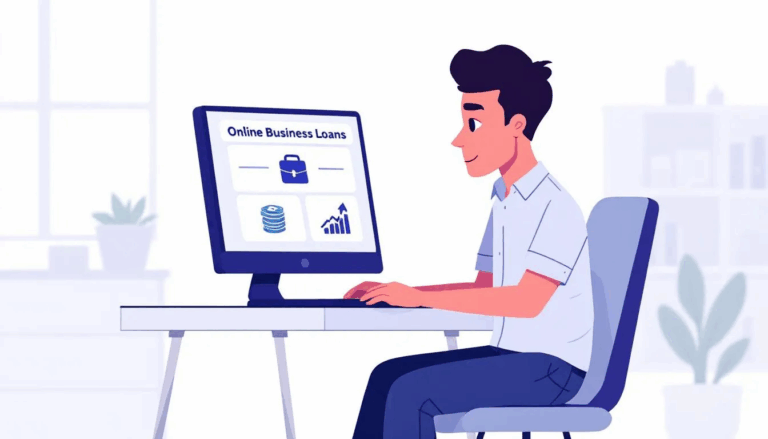

Running a small business means keeping expenses in check while still stocking up on the necessary supplies to operate smoothly. For many owners, wholesale clubs like BJ’s Wholesale Club offer significant savings by allowing bulk purchases at discounted prices. To make those savings go further, BJ’s also provides its own line of business credit cards, which reward you for BJ’s

What are Online Business Loans? Online business loans are financing products that small businesses can apply for and manage entirely online. They’re offered primarily by online lenders and alternative financing companies, though some traditional banks now offer digital loan programs. What makes them unique is their streamlined application process, faster funding times, and often more flexible eligibility requirements compared to

The costs of a business loan can vary significantly depending on the type of loan, lender, and your credit profile. The typical interest rates for small-business loans range from 6.54% to 99% APR. Business loans usually involve fees besides interest, increasing the actual cost.

A business payday loan is often used to describe a form of alternative business financing that provides quick access to capital for small business owners. While a consumer payday loan provides short-term funding based on the borrower’s salary and personal income, a business payday loan works differently.
A business payday loan is a nontraditional form of financing that functions similarly

Collateral refers to assets that a business owner pledges to secure a loan. Essentially, collateral acts as a safety net for the lender, ensuring they can recover their investment if the borrower defaults.
In the case of a secured business loan, the lender has the legal right to seize the pledged assets to recover the outstanding loan balance. Collateral

The success of your small business largely depends on your management of working capital. But working capital doesn’t just mean cash. By definition, the term working capital refers to all assets currently available for covering business expenses or operational costs. In other words, it’s not how much cash you have that matters. It’s the value of your business’s assets and

APR, which stands for “annual percentage rate,” makes it very easy to compare the costs of different business loans or credit cards. The need to calculate APR stems from the fact that most business loans have multiple fees in addition to interest or factor rates. This can include loan origination fees, document preparation fees, processing fees, credit check fees, etc.

It’s essential to know your business’s value for multiple reasons. You’ll likely need to present this figure when speaking to investors and financial institutions. If you sell your business, you must make sure to offer an appropriate price. When reaching out for media coverage, attaching an impressive valuation to your business will significantly increase your appeal.

Small business owners who need financing are probably familiar with conventional and cash flow loans. But there’s another financing option – asset-based lending – that can help you access capital when your cash flow is shaky.
The main differences between asset-based lending and traditional bank loans are how lenders evaluate and approve the loan application. However, the difference between the

For many small businesses, the key to growth and stability is signing that one game-changing deal with a substantial client. They have to know where to look for the most lucrative opportunities. Unfortunately, business owners tend to disregard a considerable source of revenue for smaller businesses altogether. Believe it or not, the United States federal government must routinely purchase goods